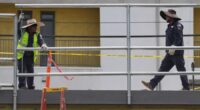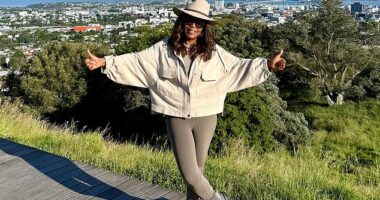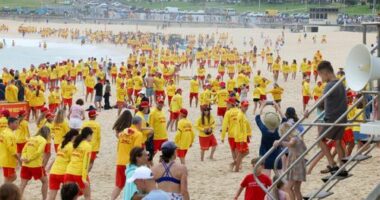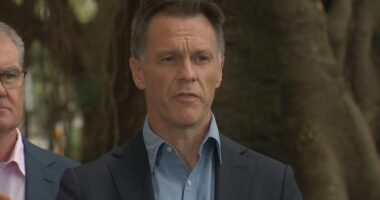Share this @internewscast.com
So why is there only one vaccine currently available?
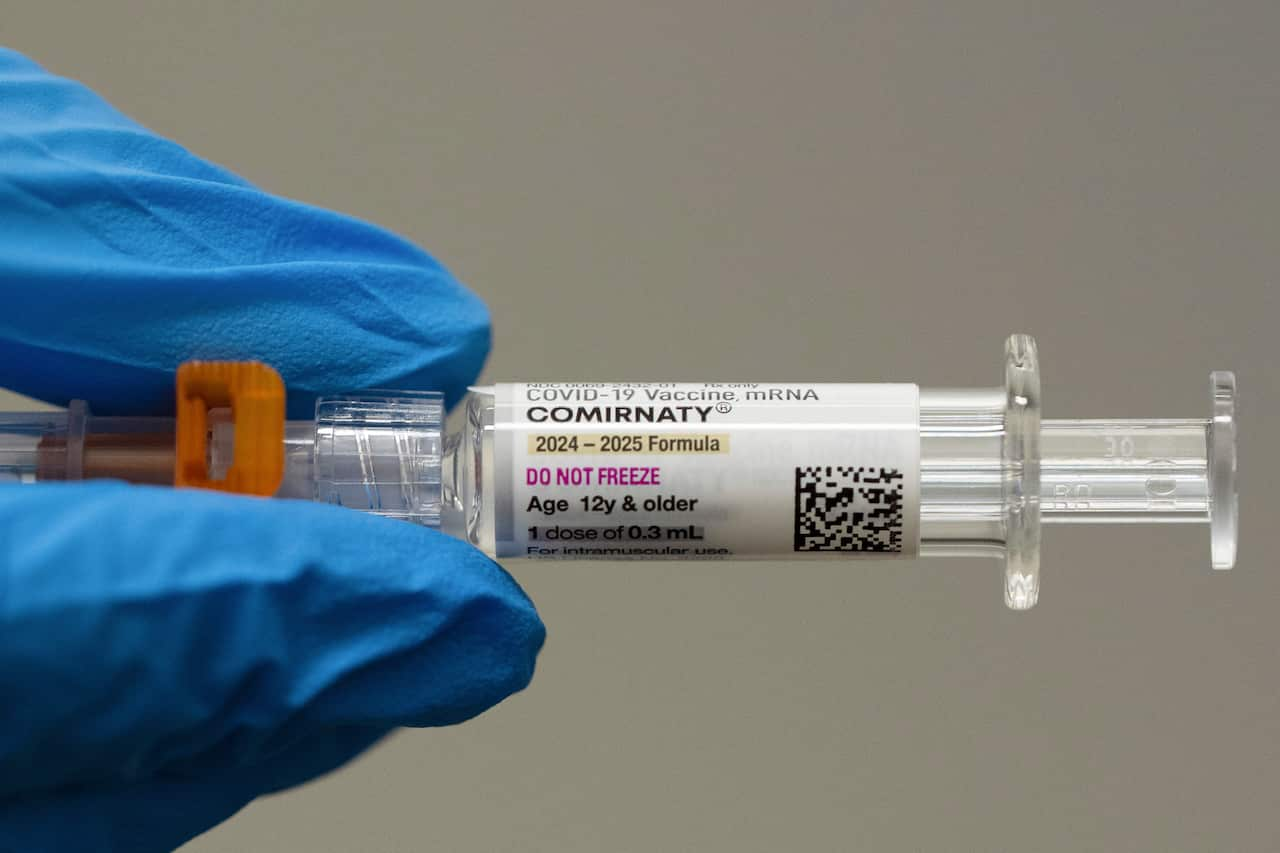
Pfizer’s Comirnaty JN.1 vaccine is the dominant vaccine brand in Australia. Source: AAP / Jenny Kane
What happened to the other vaccines?
This could change next year, however, as a newly built Moderna Technology Centre at Monash University in Melbourne is aiming to locally produce 100 million vaccines per year for COVID-19, influenza, and respiratory syncytial virus. It is expected to start production in late 2025.
Another mRNA vaccine, AstraZeneca, was recalled globally in 2024 after the company admitted it could cause adverse side effects.
Why isn’t Novavax available?
“It wasn’t that approval was revoked with any specific safety or efficacy concerns. It was just that the amount of data required for that approval to be met just wasn’t achieved,” Dr Paul Griffin, infectious diseases physician and clinical microbiologist at Brisbane’s Mater Health Services, said.
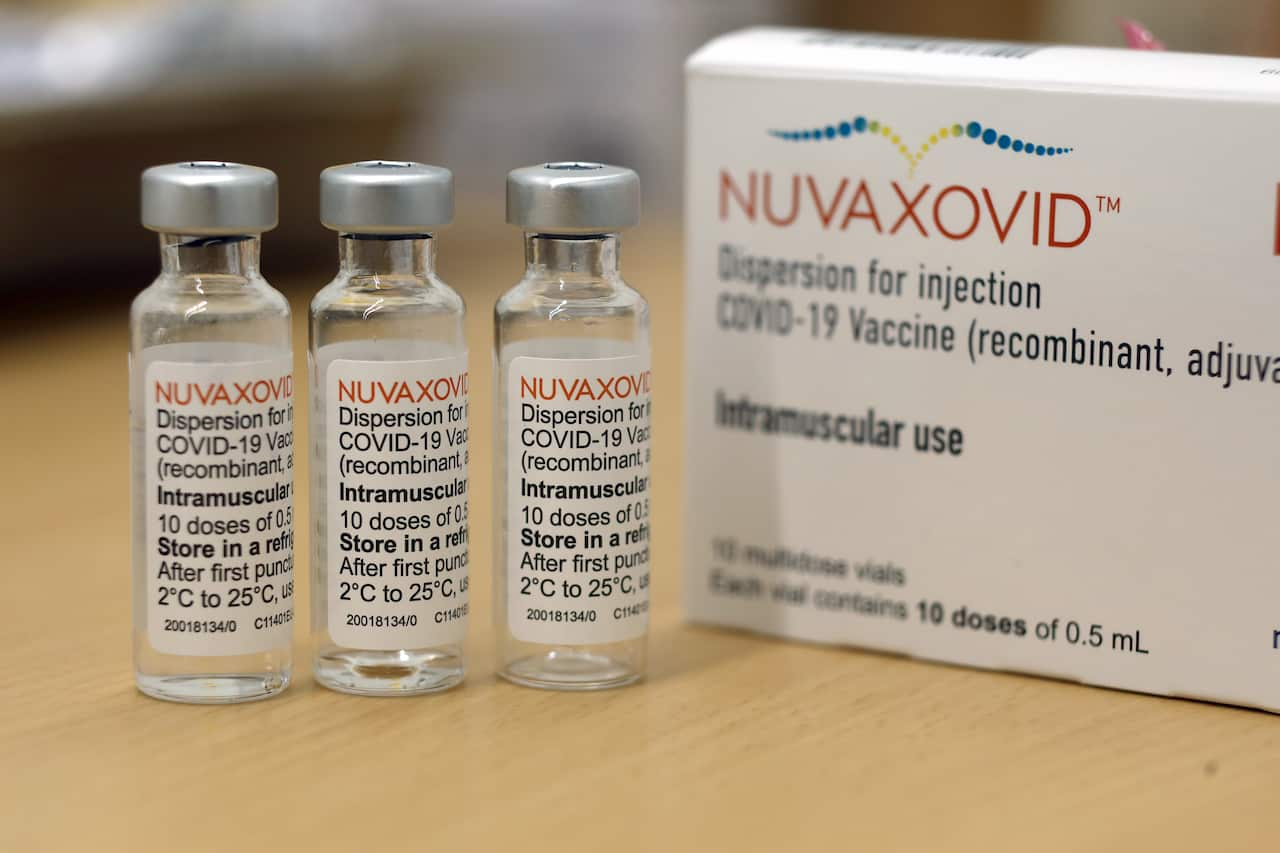
Novavax withdrew its updated vaccine for TGA approval in 2024 but says it is committed to making its vaccine available to Australians. Source: AAP / Matthias Bein
Novavax told SBS News it is committed to making the vaccine available to Australians and are working with the TGA to determine the best path forward. However, according to the TGA, Novavax withdrew its registration on 21 May 2024.
Esterman said this is not good news for people who relied on Novavax as an alternative to mRNA offerings.
Why do some people prefer Novavax?
An mRNA vaccine, by contrast, tells your body to make the spike proteins. Griffin said Novavax is preferred by some people who have had reactions to mRNA vaccines in the past.
“There are a whole host of people who have had reactions to mRNA vaccines, things like myocarditis, for example, and it’s thought that perhaps that’s a lower risk with Novavax. Or people who just don’t like the thought of a vaccine based on the mRNA technology.”
Why choice matters
It can also impact overall vaccination uptake, which both Griffin and Esterman say is currently low among vulnerable populations.
“If we could get a proportion of those people to be boosted, it would certainly be beneficial. So I’d really like to see there be an option for an alternative.”
